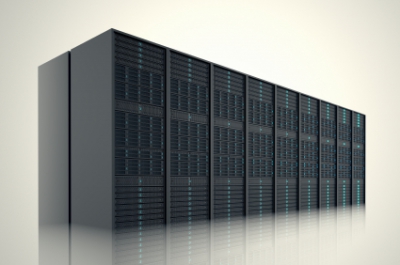Human factor.
No necessary control over server’s efficiency.
No analysis in case of freezing or noticeable reduction in computer’s speed.
Even when RAID systems that are highly secure (5, 6 levels) and allow for working with one or two faulty hard drives are used, usually there is no monitoring of each drive in array and hence there is no timely replacement of hard drives in case of failure.
Bad hard drive cooling in RAID array.
Can manifest in periodically unstable work of any hard drive (emergence of numerous program errors), or failure of one or several hard drives.
Using different hard drives,
or storage devices that are not intended to be used in RAID array. Usually happens when failed hard drives are replaced with hard drives of other brands. Using hard drives with different read/write parameters leads to de-synchronization of drives that are part of a RAID array. It could also by the reason for sharp performance reduction and large number of program errors on all storage devices.
RAID controller failure
The thing is that even in case of redundancy during work, for example, RAID level-5 without one hard drive, some RAID controller successfully manage mathematical processing until server is shut-down or restarted. After server it turned on array can be inaccessible.
Possible causes of controller failures:
- physical malfunction of RAID array’s controller (i.e. doesn’t work at all)
- logical malfunction (controller settings failure).
- incorrect work of controller (incorrect RAID array data addressing)
Issues with hard drives in RAID array
Unfortunate moment is when invisible hard drive failure takes place in array. Hard drive does not fully lose its operability and continues being identified and work in RAID. In such case the number of program errors increases abruptly as well. Load on RAID controller also increases in the process of controlling the correctness of read/write of failed hard drive and array’s checksums.
IMPORTANT! In case of any trouble or issue, do not write anything to hard drives that are part of array.
It is a common mistake to initialize each hard drive that is part of array, after that hard drive headers are rewritten and access to data becomes even harder.
When users attempt to recover RAID in case of RAID controller’s malfunction, they usually make the following mistakes: they are not aware of RAID array configuration and attempt to recover it using default settings of RAID controller.
Data recovery from RAID array
In order to recover data you have to know its configuration precisely. It means that you have to know how data blocks were located on hard drives during block level striping. You also have to know the size of data blocks and type of array.
In case if one or several hard drives that are part of RAID array fail, you need to copy all data from faulty hard drive to a working one.
Another stage in the recovery process is drives’ data analysis, hard drive’s order, array’s structure and type.
Please remember that it is better to contact professionals for help because they have the knowledge and special equipment to do the job.



 Recovering data from RAID arrays is not a simple task. Despite increased reliability of RAID arrays and use of special hard disk drives designed to work in an array, it happens that RAID stops working.
Recovering data from RAID arrays is not a simple task. Despite increased reliability of RAID arrays and use of special hard disk drives designed to work in an array, it happens that RAID stops working.
